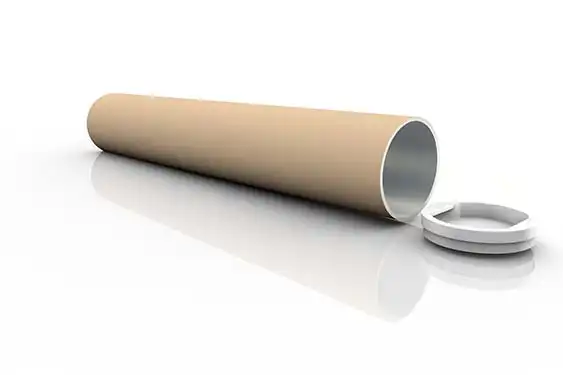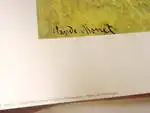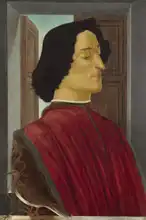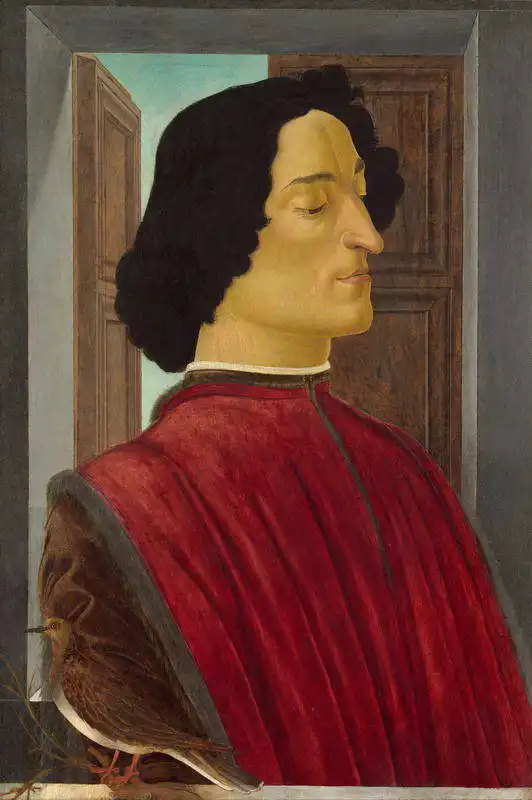About this finishing
Print. The image is printed on the top quality 10-ink HP Z9PS printer on HP matte 270 g / m2 paper. You can choose any size to an accuracy of 1 cm. A margin of 5 cm around the image is added to the size of the motif.


You can find a detailed description about our finishings
here.
Giuliano de Medici
Date:
c. 1478-1480Medium:
temperaLocation:
National Gallery of Art, Washington, USADimensions:
52,6 x 75,6Giuliano Medici ruled together with his older brother Lorenzo in Florence in the second half of the 15th century. On Easter Feast he was assassinated in Florence cathedral during the festive Holly Mass. He was stabbed 19 times by a sword. The killers were supporters of rival family de Medici, called "Pazzi partisans". After this violent death, they tried to take over the goverment, but Lorenzo Medici managed to defend his position. Death of younger son of Piero and Lucrezia de Medici shocked the whole Florence. It had been ordered a series of portraits of the deceased as a memory and at the same threat to all rebells.
Botticelli's painting was a prototype for other artists, because it displayed a murdered young man as an icon, almost as a saint. Open window and the mournig dove were typical symbols for death. These two symbols should refer to the departure of the soul and its move into the afterlife. Some art critics and researchers say that this picture is a true representation of the face of the deceased, as it was based on masks created after his death direct from his face. The reason for this claim are his half-closed eyes.
Prevailing color of this fine art print is vivid and its shape is portrait. Original size is 52,6 x 75,6. This art piece is located in National Gallery of Art, Washington, USA. This image is printed on demand - you can choose material, size and finishing.
Sandro Botticelli (1445-1510). Also known under the name Alessandro di Mariano di Vanni Filipepi. Botticelli was an Italian
Renaissance painter from the Florentine school. His work belongs to the best in the early Renaissance. Botticelli took his surname allegedly from his brother’s nickname (who was as rotund as a tub – botticelli). His artistic career likely began in the goldsmith’s workshop of his brother Antonio. Botticelli was later entrusted by his family to the care of Filippo Lippi, a renowned painter and knowledgeable monk. As a renowned artist, Botticelli gained friends and benefactors from the most important Florentine families. He worked mainly for the Medici family. In 1481, together with another major Florentine painter, Domenico Ghirlandaio, Botticelli was summoned to Rome to participate in the decoration of the Sistine Chapel. In 1491, they were both appointed to a jury that was to decide on the contract for the construction of the facade of Florence cathedral. At the end of his life, he evidently worked under the influence of Savonarol’s fiery sermons, exclusively painting Christian themes. Among his most famous works are
The Birth of Venus and
Spring (Primavera) . Botticelli never married – he reportedly struggled with unrequited love for Simonet Vespucci, who was to be the model for his Venus. As his dying wish, he desired to be buried at her feet. His wish was fulfilled.


